Acknowledgments
This book would not be possible without the cheesemakers, who set aside time to talk about their family histories, their favorite cheeses, and their love for Wisconsin. At times I felt like a wide-eyed city person, marveling at cows out at pasture, day-old baby goats, and Amish buggies, and asking a ton of questions, but when I got back into my car I felt knit with the landscape. I moved to Wisconsin from Illinois many years ago. Writing this book made me feel like a true Wisconsinite. Thank you, Dairy State, for welcoming me in.
Katie, youve been a dream editor to work with. Thank you for suggesting this project. I hope Ive done it justice.
Dairy Farmers of Wisconsin is the kind of organization every group of farmers across the country needs. While cheesemakers are out milking the cows and aging the cheese, these folks provide marketing and exposure. They were also helpful to me in providing images, resources, and information when I needed it.
Writing can be a lonely endeavor. Thank you to my writer friendsCarrie Bell, Lisa Kaiser, Michael Timm, Elke Sommers, Brooke McEwen, Jon Etter, Sheila Julson Thompson, Neill Kleven, Danielle Switalski, and Lauren Siebenwho answer texts and emails and let me know you also know this road. And for everyone who asked, Hows the book going?especially Jennifer StearnsI owe you a big wedge of cheese.
Thank you, Tony, for your support and enthusiasm, with not only this book but all my writing projects. Im your biggest fan is one of the kindest things anyone has ever said to me. For this one, you held down the fort while I slept in motels across the state while researching this book. And every writer needs a dog who lies behind your desk chair, his tufts of hair at risk of getting caught in the wheels should you get up, and keeps giving you the Are you done yet? look, reminding you theres more to life than working at a computer. Thank you, Roadie, for that constant reminder.

Southwest Wisconsin
GREEN COUNTY AND THE DRIFTLESS REGION are home to the highest concentration of award-winning cheese in America. Grassy peaks and carved valleys, unchanged during the ice ages glacial shifts, prove to be a nice resting place for cows, sheep, and goats, whose milk is woven into all this amazing cheese. Young organic farmers work alongside multi-generational Amish families, both passionate about living off the land.
What makes the cheese so delicious? Its the milk. Another factor is the relationships between cheesemakers and dairy farmers. Some date back four generations, united by a bond to keep their businesses small and family-owned. Many learned to make cheese from Swiss relatives who moved here as young immigrants chasing an American dream. And yet a younger generation is emerging, people like Andy Hatch who, in his thirties, serves as cheesemaker and co-owner with his wife and another couple of Uplands Cheese, making just two cheeses each year that are sold in high-end cheese shops around the country.
Reflecting that Swiss heritage most deeply is the Green County town of Monroe, home to Emmi Roth, one of the states largest creameries. Visitors can enjoy a pot of fondue with a glass of Wisconsin wine and witness cheese being made. Several micro creameries like Roelli Cheese Haus put out fine cheeses that are true Alpine style, stemming from ancestors who learned to do the same task in the Swiss Alps and, fortunately, brought that skill to Wisconsin. Many Driftless Region cheesemakerslike Tony Hook of Hooks Cheese and Willi Lehner of Bleu Mont Dairyflock to the countrys largest producer-only farmers market, hosted on Madisons Capitol Square every Saturday morning. Rubbing elbows with chicken farmers, Amish bakers, and growers of specialty vegetable crops is a fitting tribute to this agricultural belt, where boutique approaches to doing business are respected and revered.
Bleu Mont Dairy
WILLI LEHNERS PARENTS EMIGRATED FROM SWITZERLAND to Wisconsin during the 1950s. Drawing upon expertise gained back in Switzerland, his dad landed a job at a Mount Horeb creamery. Lehner watched his dad make Swiss, Muenster, and cheddar cheese. I was in charge of waxing, he quips. I remember how good the flavor was in those cheeses.
As a kid, Dad taught me about the quality of milk (cows feeding on grass, not grain), but it wasnt until I went to Switzerland and helped a friend make cheese in an alpine pasture and saw what the cows ate that I got it, says Lehner. He noticed that what animals eat influences the final product. What makes Wisconsin milk so well suited for cheese? A lot of it has to do with the calcium in the soil, he says.
Lehner experienced an epiphany tasting clothbound cheddar from Great Britain as an adult. I tasted it and went Oh my god, this is sensational cheese, says Lehner. Several seasons spent in Switzerlands Bernese Alps taught him how to make cheese using a copper kettle over an open flame. Through a grant from the University of WisconsinMadisons Center for Dairy Research, he studied cheddar production in Great Britain.
Bleu Mont Dairys production is small: four batches of 320 wheels twice a year (spring and fall), followed by twelve to eighteen months of aging in dome-like caves just behind Lehners house, built into the grassy hillside. I dont make cheese in the winter. Winters for skiing, says Lehner, who spends much of each winter in Jackson Hole, Wyoming. Distribution isnt limited to Wisconsin: Murrays Cheese in New York City carries Bleu Mont Dairys cheese.
Willis college-age daughter lives in Zurich, Switzerland, studying sustainability in agricultural systems and policy at ETH. Whenever we go to Switzerland, he comes home with a couple of wheels (of cheese), says his partner, Kitas McKnight. He eats more cheese than anyone else Ive met. Sure enough, two wedges are out on the kitchen counter on a drizzly day in May. Lehner slices off a hunk of his Alpine Renegade and considers its flavor profile. Like any man who knows his cheese, he responds that it needs another three to four months.
The Bandaged Cheddar grated on top of asparagus is so good. Those flavors just work, says Kitas McKnight.
Whenever I make quiches, I put a layer (of the cheese) on the bottom and on the top.
Kale Ddeokbokki
4 cups chicken stock or vegetable stock
1 onion, sliced
1 tablespoon minced garlic
1 tablespoon minced ginger
1 package rice logs, cut into thirds and soaked in cold water for at least 1 hour or overnight
1 bunch kale
68 perilla leaves (shiso leaves)
2 links Lap Cheong (Chinese sausage), cut into bite-size pieces
4 hard-boiled eggs, chopped
2 tablespoons (or to taste) fish sauce
1 tablespoon (or to taste) sugar
GARNISH:
Bleu Mont Dairy Bandaged Cheddar, shredded
Korean chili flakes
Sesame seeds
Scallions
In a stockpot, heat stock to a boil. Add onion, garlic, ginger, and rice logs. Simmer, reducing by half, until thickened and rice logs are tender.
Boil kale until tender in salted water, then shock in ice water. Blend cooked kale with perilla leaves and a bit of ice water. Cook sausage on stovetop, turning until browned and crisp, about 3 minutes. Add kale puree and chopped eggs to cooked rice logs and bite-size sausage pieces, then fish sauce and sugar, adjusting for taste.


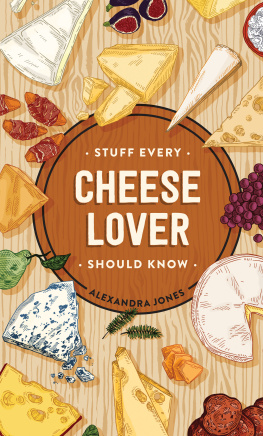
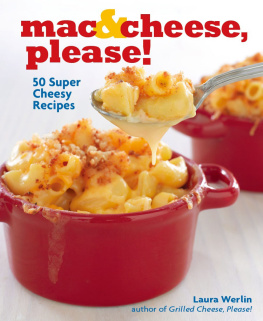

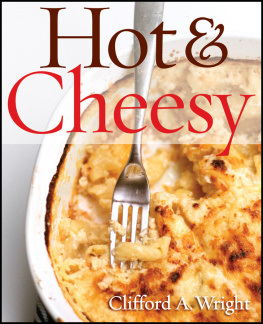




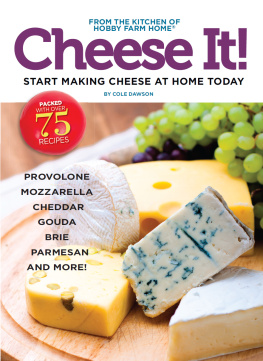
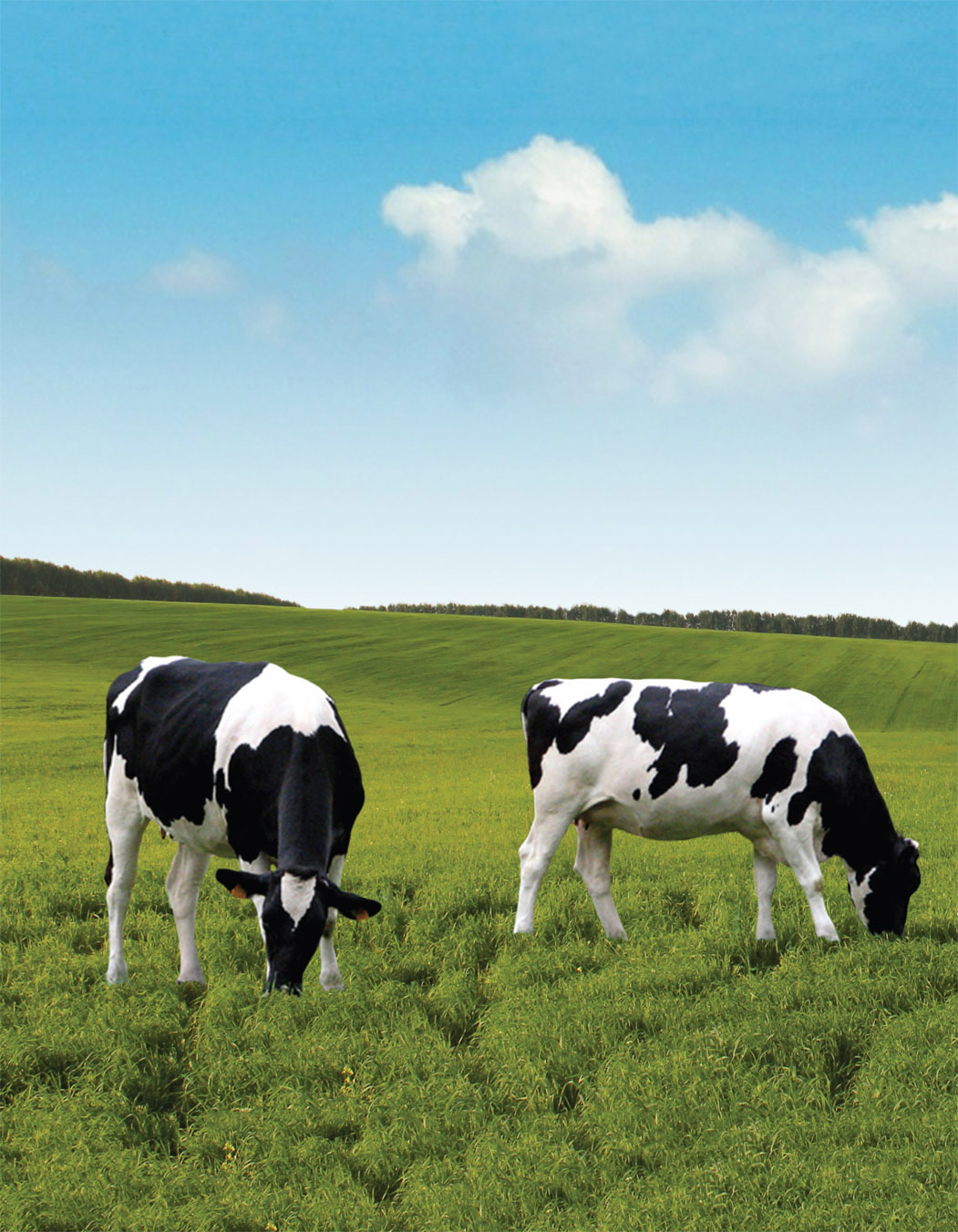
 Southwest Wisconsin
Southwest Wisconsin
